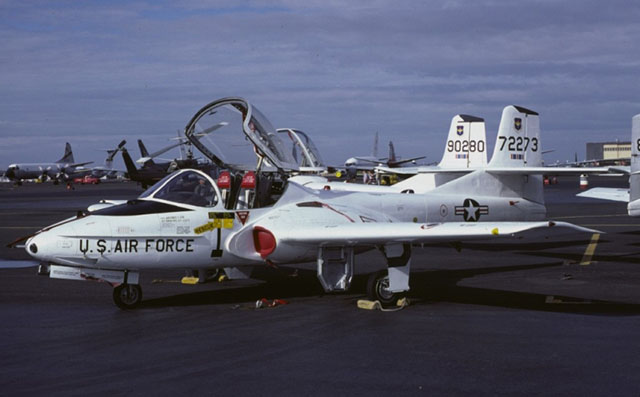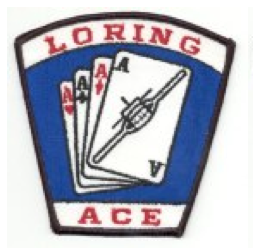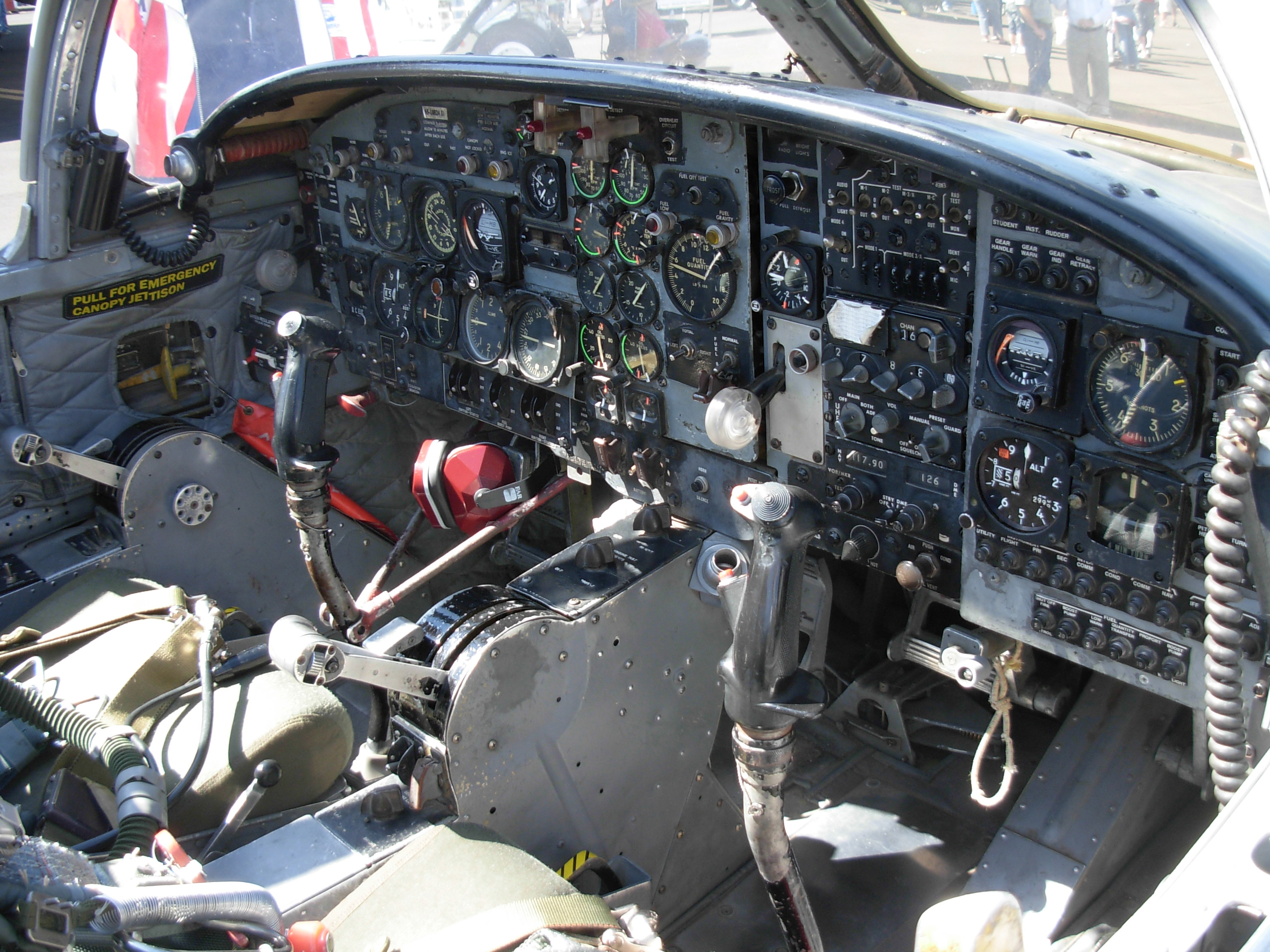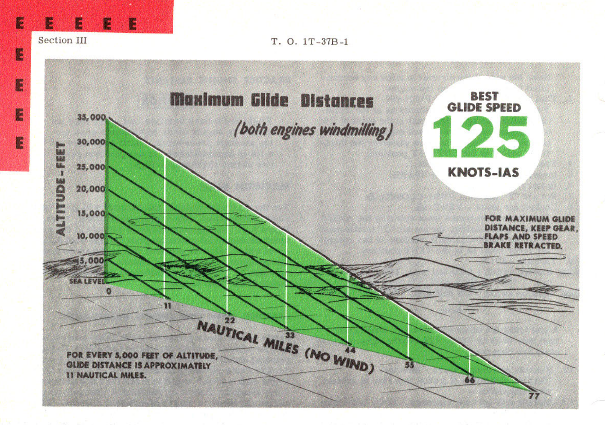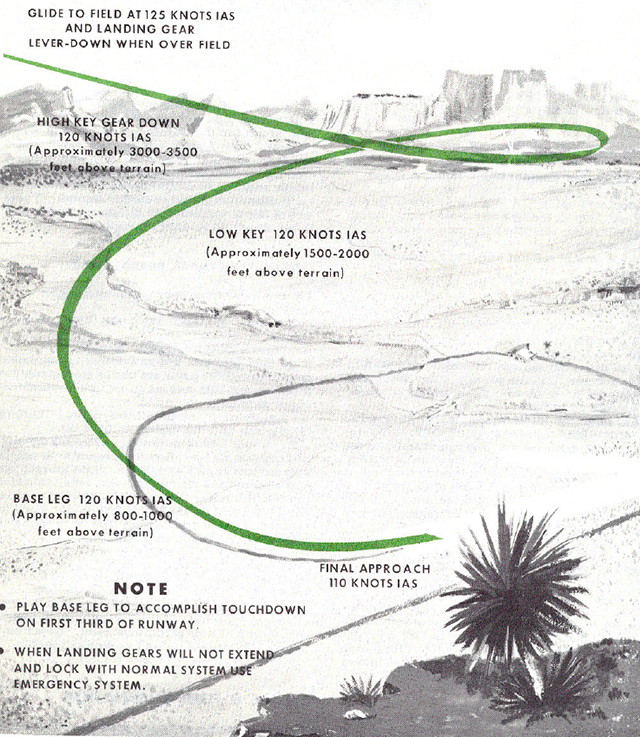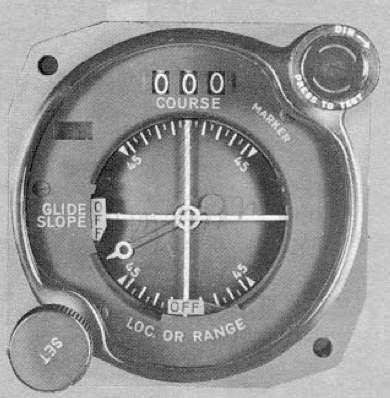"The Rules" are twenty-six ideas I've collected over the years that seemed relevant enough to life in general that I've written each down with a short story to reinforce each in particular. This is Rule Number Three.
— James Albright

Updated:
2012-05-01
I had the good fortune, I think, of starting my aviation career when the United States Air Force viewed pilots as expendable and one of our mantras was: "You have to expect a few losses in a big operation." All that has changed but what it instilled in that generation of pilots was a need to remain calm in any situation.
But how, you may ask, do you do that? Back then it was more machismo than anything else; to lose one's cool was an admission of less than steeley-eyed aviator "manliness." From my first engine failure in the T-38 and on, it was de rigueur to calmly state on the radio, "No problem here, just a small fire, that's all." False bravado? Sure. But it translated later on to a coolness that passengers and crew alike can appreciate. If the pilot keeps his cool, things can't be too bad.

1981
Bernie and I met each other in Loring Maine, I am not sure how. He had been there about a year longer, was on a different crew, and lived on another part of the base. We had much in common, however. We were both lieutenants, both just an inch over six feet in height, both on the slender side, and both non-white. We both had one objective at Loring: get enough flying time on our records to get the hell out. Fortunately, the Strategic Air Command gave us a way to do that: the Accelerated Copilot Enrichment Program.
ACE, as it was known, was a way for the Air Force to kill two birds with one stone. After the Vietnam War ended the Air Force reduced pilot production from nearly 3,000 pilots a year to less than 500. We had too many trainer aircraft. After Jimmy Carter took care of the budget, we didn’t have enough flying time to turn copilots into competent aircraft commanders. So in a rare act of brilliance, the adult supervision at the Pentagon gave us copilots the keys to perfectly good trainer aircraft and invitations to fly. Incredibly, the majority of copilots up at Loring Air Force Base declined. That meant when not copiloting a tanker I had ready access to a Tweet.
“We can get out of here a year early,” I told my bride, “but I will have to use every free moment to rack up time in that T-37."
“What are you doing here?” said the lovely Mrs., “shouldn’t you be flying right now?”
Over the next twenty months I spent only three weekends at home. But we got out of that frozen wasteland in record time. I spent more time with Bernie than my high school sweetheart. But I digress.
The T-37 was a miserable airplane compared to most. It was unpressurized, slow, had a lousy instrument panel, and most of them had a distinct odor. But it was built like a tank. By the time I got to it over one hundred of them had crashed. But there were only twenty-three fatalities. Pretty good odds in the United States Air Force in 1980. So I logged nearly as many hours in the T-37 as I did in the KC-135.
That’s where I found myself on that Friday, December 11th, 1981. I was in the left seat of 60-0178, a twenty-one year old airplane, my right hand gently cradling the stick as I coaxed the craft ever higher into the cold, New England air.
I think Bernie was sleeping in the right seat. His dark visor was down and I hadn’t seen him stir since takeoff. We didn’t talk much in the airplane, something I liked about flying with him. He had twice my hours in this jet and all others, but we were somehow equals in this one. We flew as if solo, the left seat pilot did all the flying, navigating, and communicating. Our one concession to having two pilots was the guy in the right seat would organize all the charts and hand them to the left seater. Bernie had all that done in advance for our short trip down to Plattsburgh, New York and rested his head back against the ejection seat. I could never sleep like that.
Passing twenty-two thousand feet, another two thousand to go, a glimmer on the instrument panel caught my eye. One of the needles was heading south.
“Hey,” I heard from the right seat. Bernie fell silent as did the right engine. It was gone.
“Slowing to 125 knots,” I said, “how about pulling out the relight checklist?”
“Yeah,” he said, “that’s a good idea.”
I declared an emergency with Boston Center and got clearance to descend into Bangor, right in front of us and within gliding distance if we needed it.
“Dead engine throttle idle,” Bernie read as I pulled the right throttle aft.
“Starter switch air,” he continued as I pushed the switch down, away from the “ground” position. In a sane aircraft “Ground” would be down and “Air” would be up.
“Here she comes,” Bernie reported as the right engine gauges climbed back to where they belonged. I kept the airplane navigation needle pointed to Bangor and watched happily as the engine came back to life.
“And there goes the other one,” Bernie said as I felt a yaw and reversed my feet to correct for an engine failure on the other side.
“I’m going to land this thing, Bernie,” I said dialing the navigation needles to set up for an instrument approach into Bangor, “you keep trying to get that engine back. Cinch up your straps and if you see the need to leave, you go. I’ll follow after I hear your seat leave the rails.”
“You got it.”
Of course all that was a lie. If I had to eject relying on the bullet canister I was sitting on, I was going to break my back, guaranteed. Nobody with my sitting height ever survived a T-37 ejection with all thirty-three vertebrae intact. I was going to fly that airplane wherever I could land it, two engines, one engine, or none. Procedure, of course, was to eject. I just hoped to survive the burns when Bernie’s seat ignited to my right.
We set up for the instrument approach and I busied myself with the task of centering needles.
Bernie, for his part, was reaching to my side of the cockpit, fumbling with start switches. I never heard a single swear word, hint of exasperation, or any frustration. The only hint of danger I got was, “she isn’t starting James, I think we need to leave the operating engine alone until we got all three wheels on the ground.”
Pretty sound reasoning, I thought.
I got us on the needles and around 500 feet I spotted Bangor International. I landed the jet.
They ended up tearing down both engines before letting that beast fly again. Bernie and I never speak of that day but I think we both remember it fondly. For years to come, when asked about dealing with stressful situations, I think back to Bernie. Stress is what you make it to be. But stress is best dealt with calmly.
